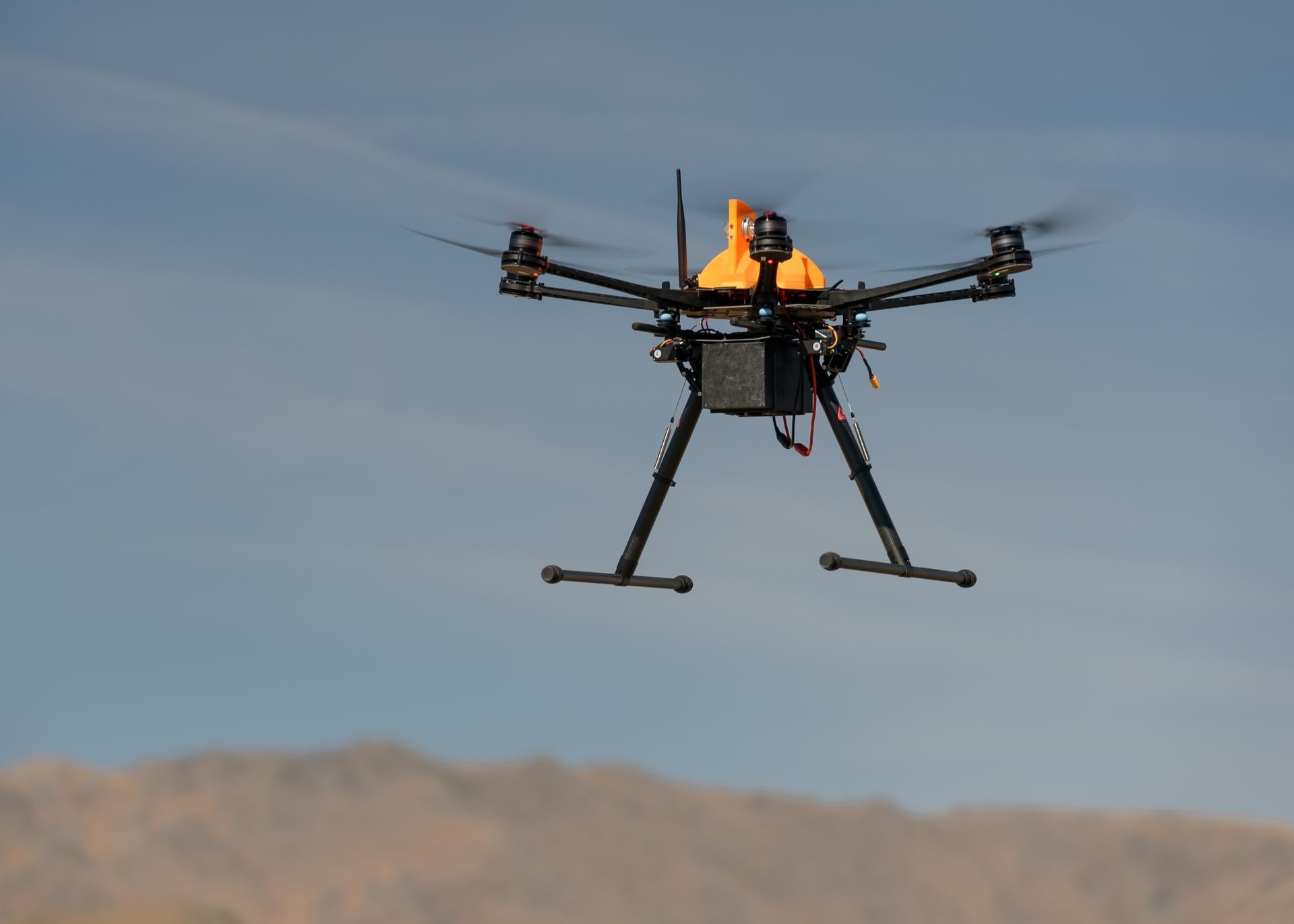12.12.2024

Package delivery drones are coming to our doorsteps in the future, and NASA wants to make sure that when medication or pizza deliveries take to the skies, they will be safe.
In July, the Federal Aviation Administration (FAA) for the first time authorized multiple U.S. companies to fly commercial drones in the same airspace without their operators being able to see them the entire flight. Getting to this important step on the way to expanding U.S. commercial drone usage required considerable research into the concept known as flight that is Beyond Visual Line of Sight (BVLOS) – and NASA helped lead the way.
For BVLOS flights to become routine, trusted automation technology needs to be built into drone and airspace systems, since pilots or air traffic controllers won’t be able to see all the drones operating at once. To address these challenges, NASA developed several key technologies, most notably Unmanned Aircraft System (UAS) Traffic Management (UTM), which allows for digital sharing of each drone user’s planned flight details.
“NASA’s pioneering work on UTM, in collaboration with the FAA and industry, set the stage for safe and scalable small drone flights below 400 feet,” said Parimal Kopardekar, NASA’s Advanced Air Mobility mission integration manager. “This technology is now adopted globally as the key to enabling Beyond Visual Line of Sight drone operations.”
With UTM, each drone user can have the same situational awareness of the airspace where drones are flying. This foundation of technology development, led by NASA’s UTM project, allows drones to fly BVLOS today with special FAA approval.
Drones can fly BVLOS today at the FAA test site and at some other selected areas with pre-approval from the FAA based on the risks. However, the FAA is working on new regulation to allow BVLOS operations to occur without exemptions and waivers in the future.
The NASA UTM team invented a new way to handle the airspace — a style of air traffic management where multiple parties, from government to commercial industry, work together to provide services. These include flight planning, strategic deconfliction before flights take off, communication, surveillance and other focus areas needed for a safe flight.
This technology is now being used by the FAA in approved parts of the Dallas area, allowing commercial drone companies to deliver packages using the NASA- originated UTM research. UTM allows for strategic coordination among operators so each company can monitor their own drone flight to ensure that each drone is where it should be along the planned flight path. Test sites like Dallas help the FAA identify requirements needed to safely enable small drone operations nationwide.
NASA is also working to ensure that public safety drones have priority when operating in the same airspace with commercial drones. In another BVLOS effort, NASA is using drones to test technology that could be used on air taxis. Each of these efforts brings us one step closer to seeing supplies or packages routinely delivered by drone around the U.S.

